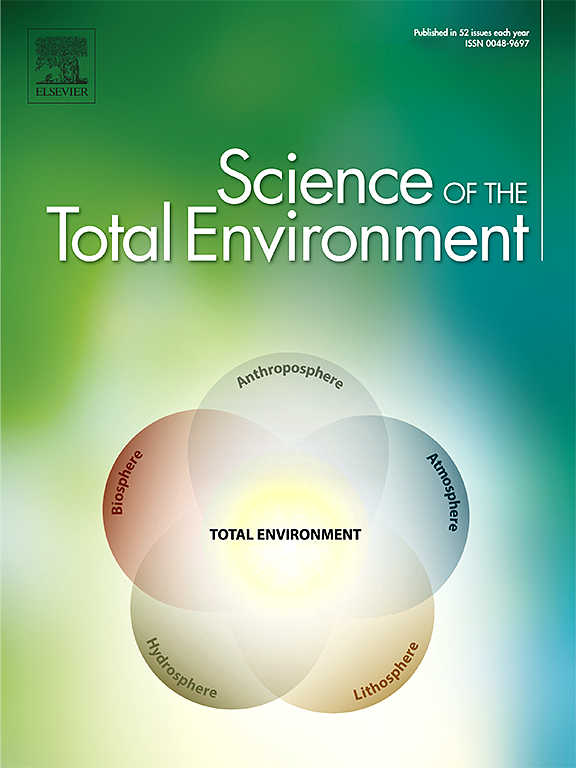The relationship between protist consumers and soil functional genes under long-term fertilization
IF 8.2
1区 环境科学与生态学
Q1 ENVIRONMENTAL SCIENCES
引用次数: 0
Abstract
Protists play a crucial role in terrestrial ecosystems by participating in biogeochemical cycles and contributing to ecological balance and stability. However, much remains to be understood about the intricate interactions between soil protists and biogeochemical processes. Here, we collected rhizosphere soil samples from seven distinct fertilization treatments to investigate the responses of bacteria, protists and functional genes to these varying fertilization practices during sorghum's maturity season. The community composition of both protists and bacteria were significantly affected by different fertilization treatments, with organic fertilization increasing protist diversity but not affecting bacterial diversity. There were noticeable variations in the compositions of functional genes across different fertilization treatments, with organic fertilization enhancing the relative abundance of carbon and phosphorus cycling genes. While fertilization generally increased the relative abundance of protistan consumers, it was observed that organic fertilizers decreased the relative abundance of phototrophs. A substantial number of bacterial taxa, including Acidibacter, Steroidobacter, Lysobacter and Agromyces, which correlated positively with functional genes, were found to be prey for protistan consumers, indicating their crucial role in predicting soil functional genes. Altogether, this study highlights the significant impact of fertilization treatments, especially organic fertilization, on the diversity and functional dynamics of protist and bacterial communities, emphasizing the key role of protistan consumers in regulating the soil microbial community and modulating soil biogeochemical cycles.

求助全文
约1分钟内获得全文
求助全文
来源期刊

Science of the Total Environment
环境科学-环境科学
CiteScore
17.60
自引率
10.20%
发文量
8726
审稿时长
2.4 months
期刊介绍:
The Science of the Total Environment is an international journal dedicated to scientific research on the environment and its interaction with humanity. It covers a wide range of disciplines and seeks to publish innovative, hypothesis-driven, and impactful research that explores the entire environment, including the atmosphere, lithosphere, hydrosphere, biosphere, and anthroposphere.
The journal's updated Aims & Scope emphasizes the importance of interdisciplinary environmental research with broad impact. Priority is given to studies that advance fundamental understanding and explore the interconnectedness of multiple environmental spheres. Field studies are preferred, while laboratory experiments must demonstrate significant methodological advancements or mechanistic insights with direct relevance to the environment.
 求助内容:
求助内容: 应助结果提醒方式:
应助结果提醒方式:


